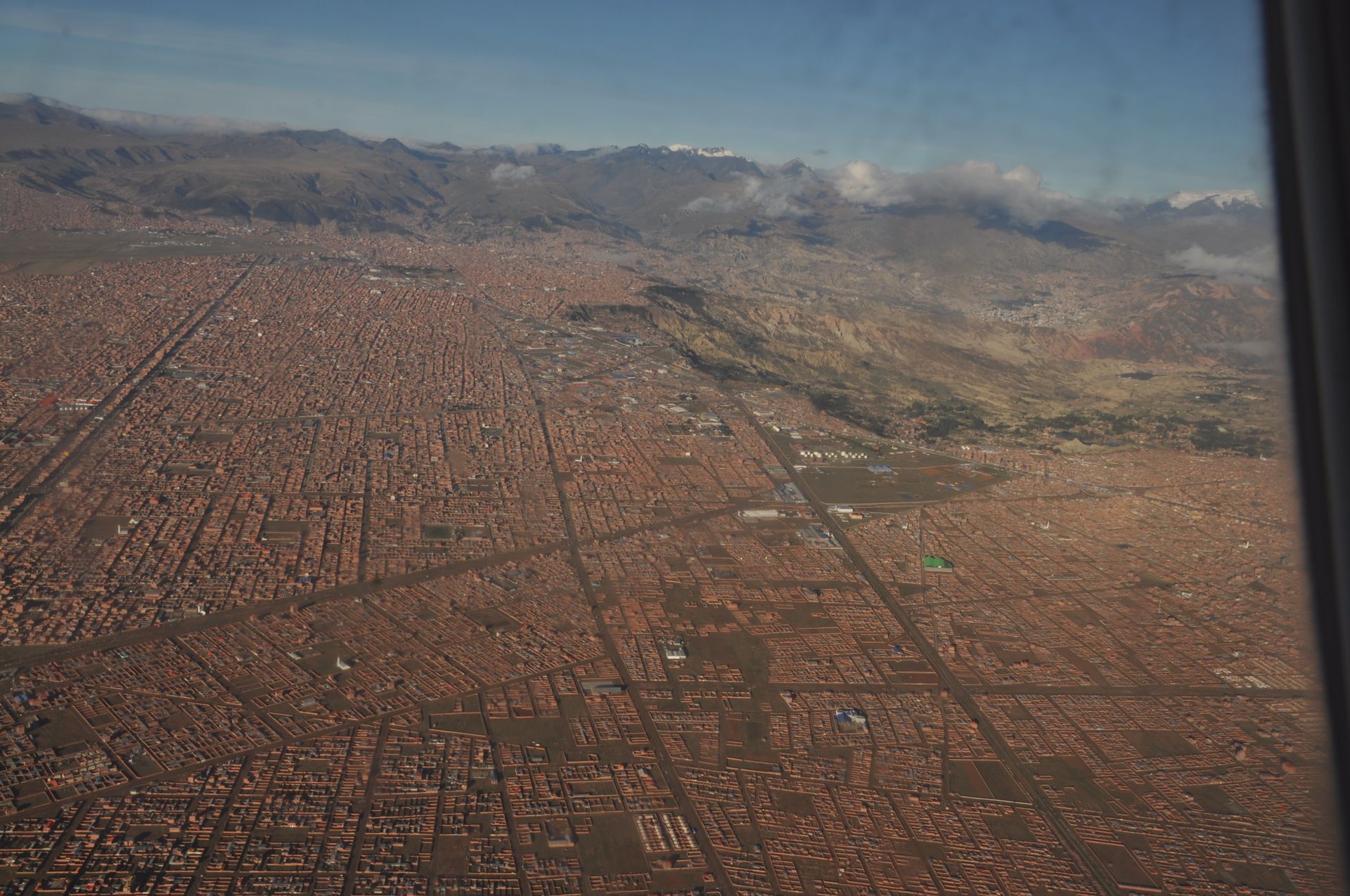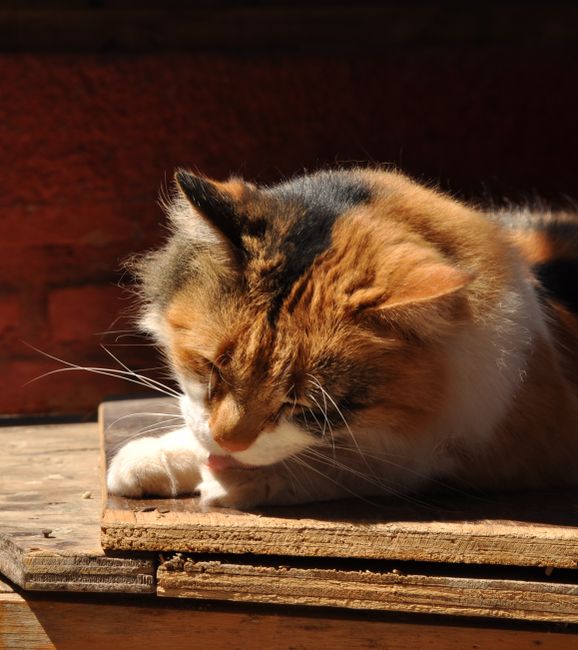Caught by Lasso
شايع ٿيل: 09.08.2018
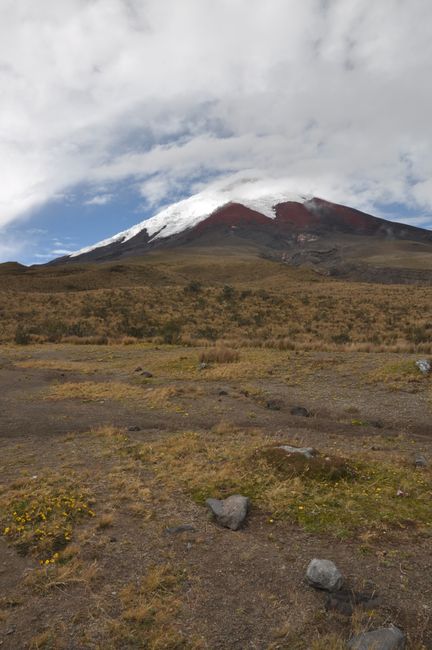
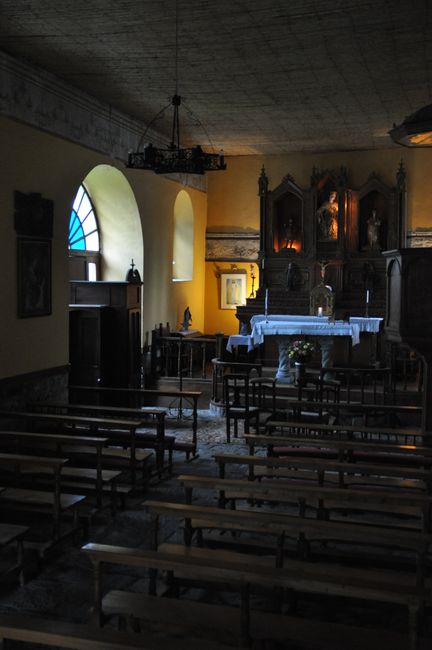
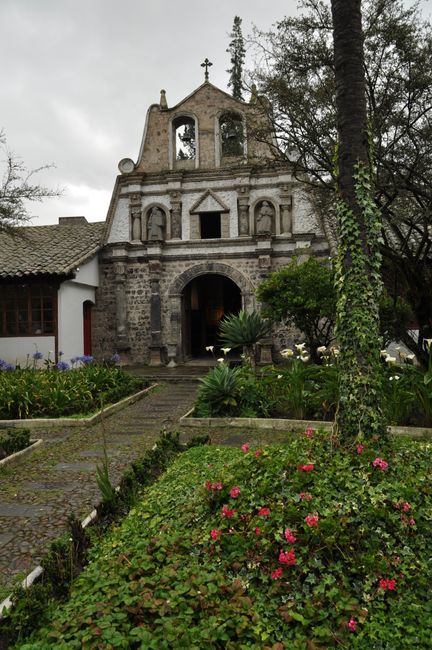
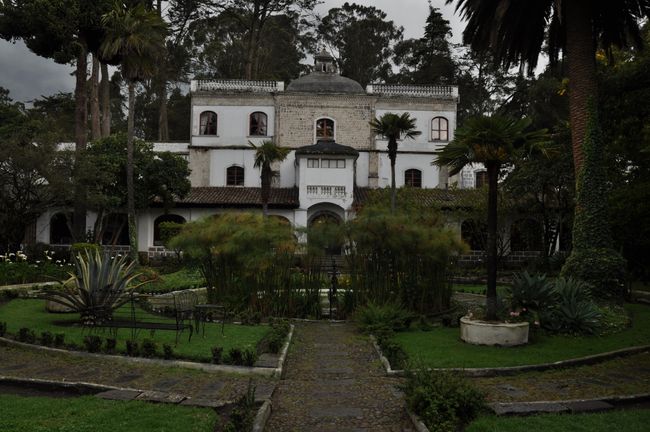
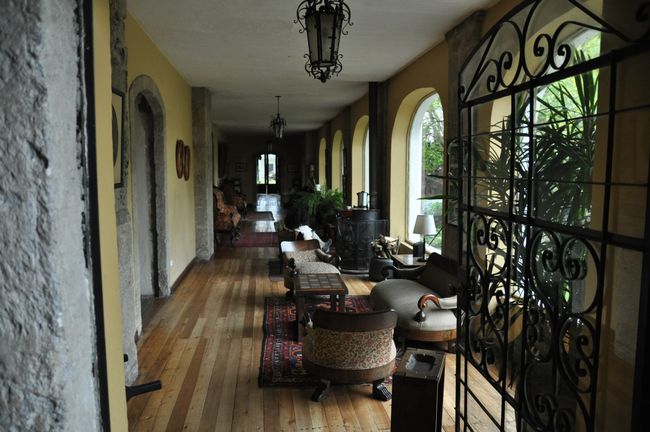
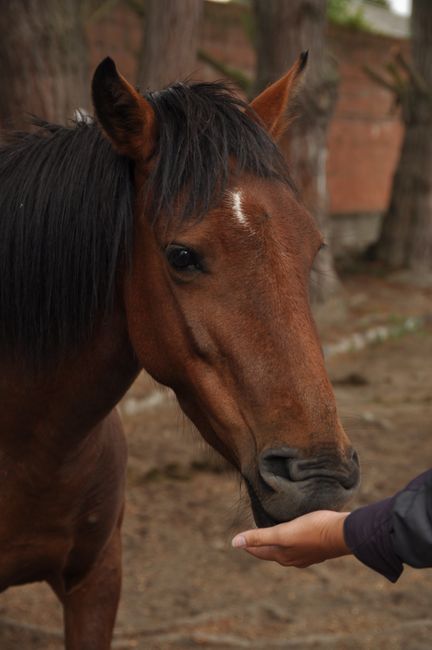
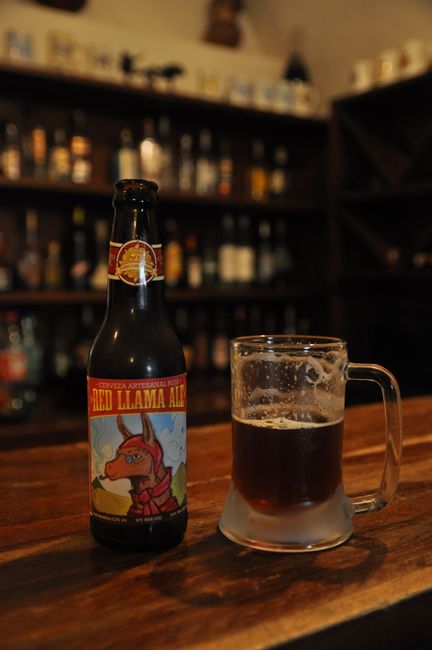
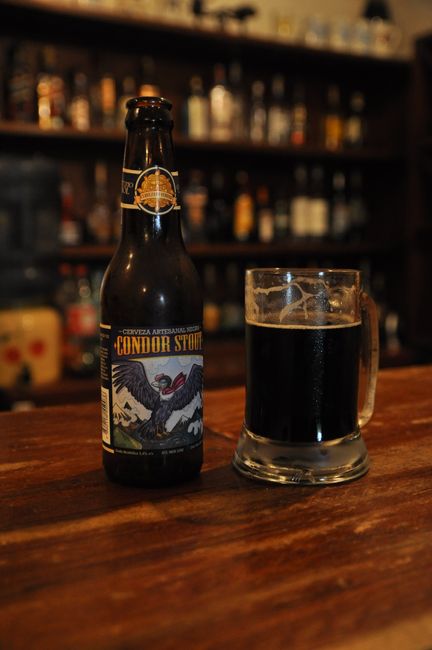
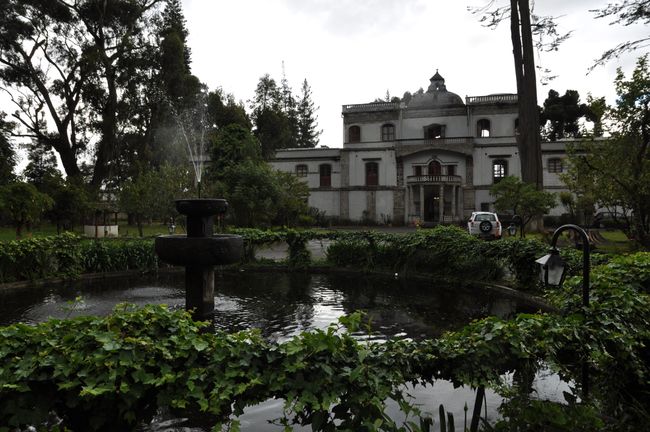
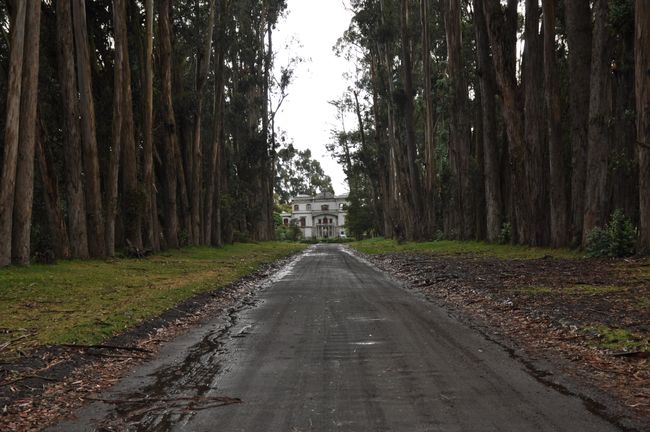
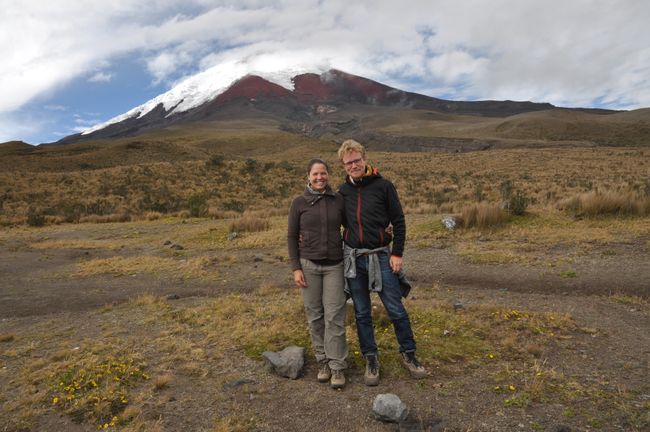
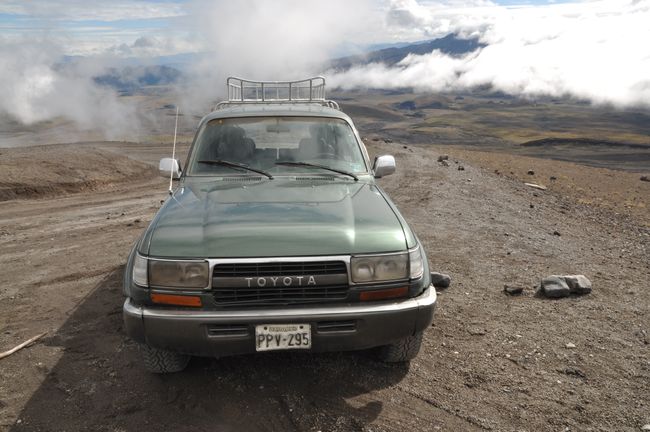
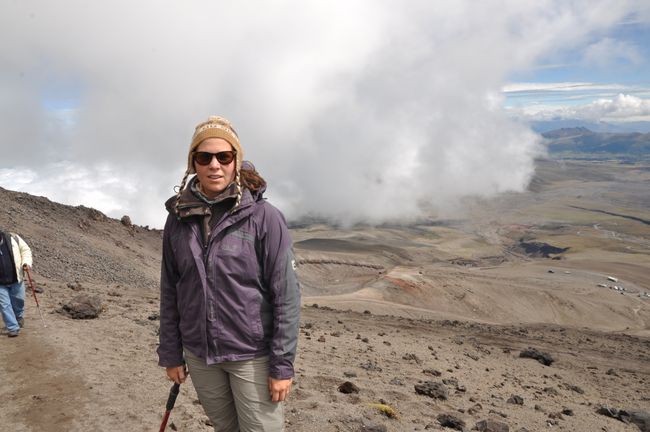
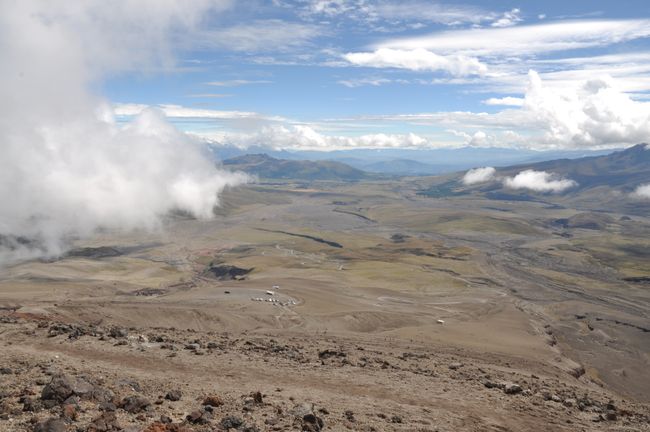
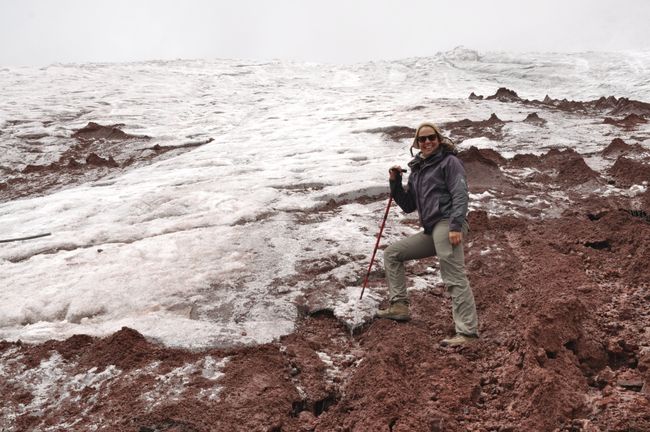
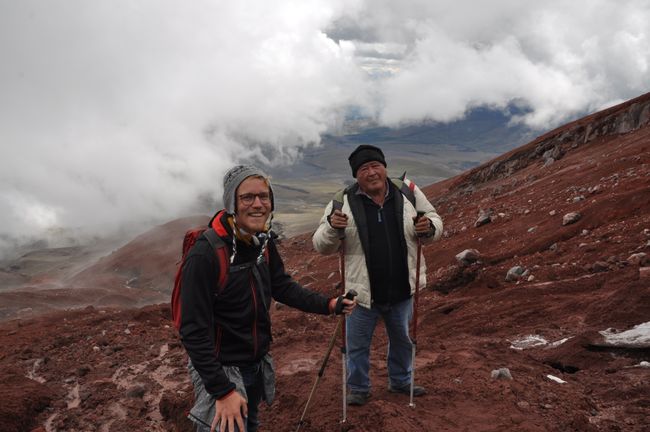
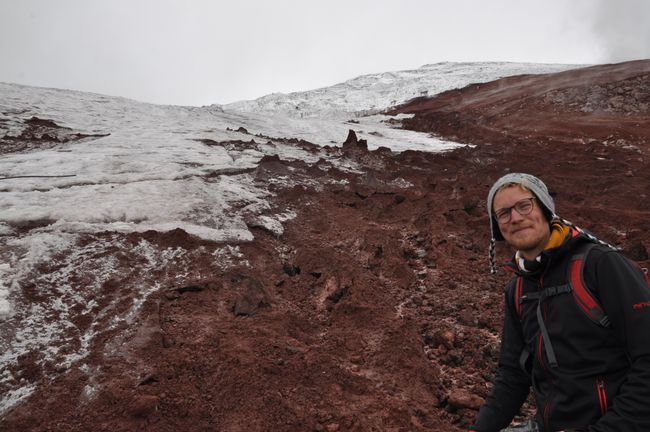
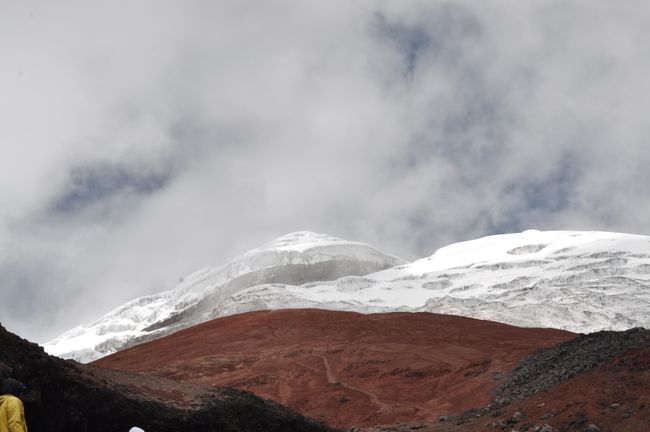
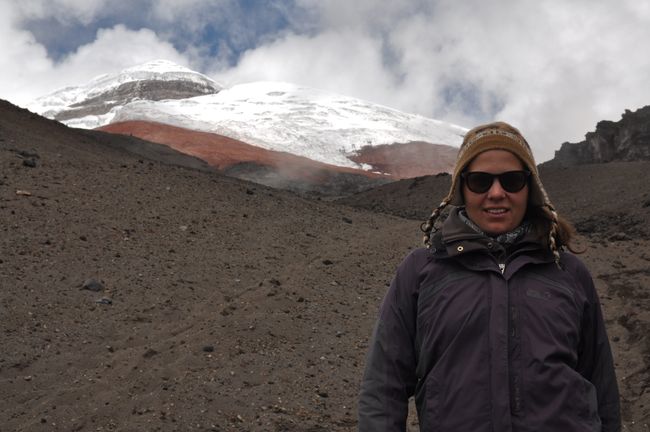
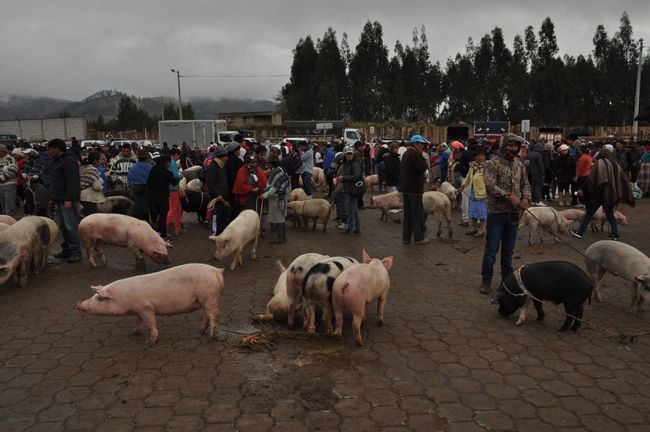
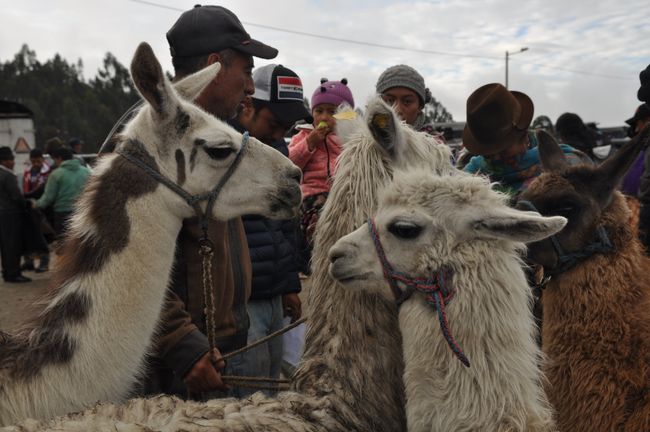
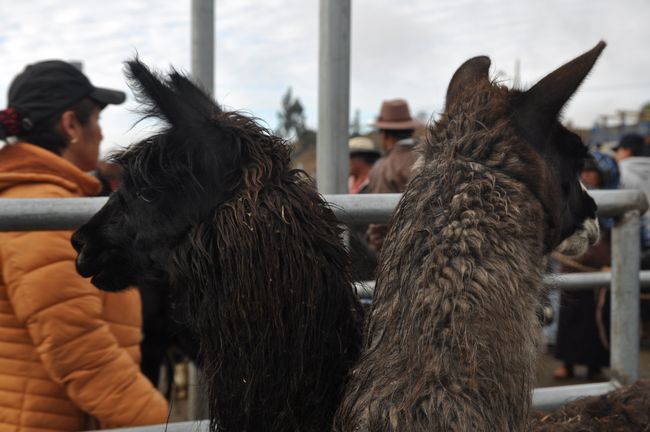
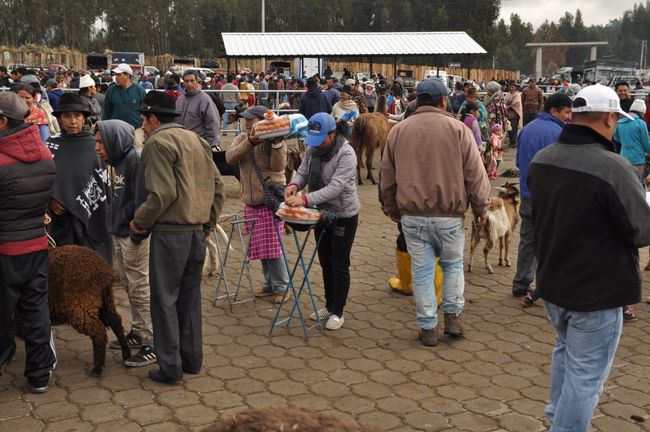
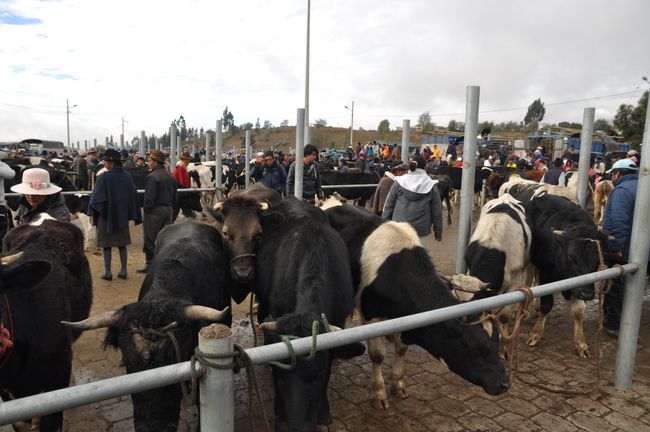
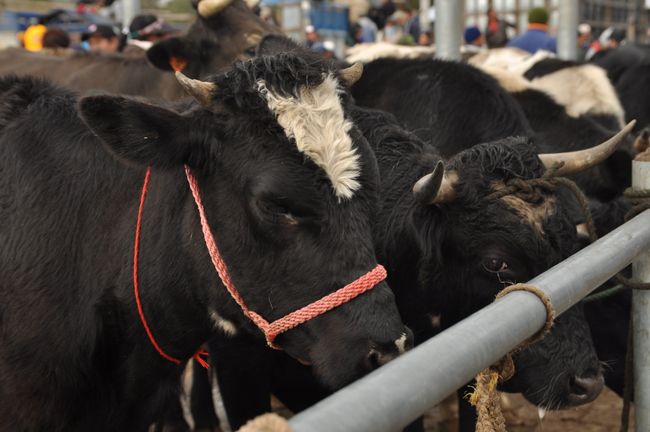
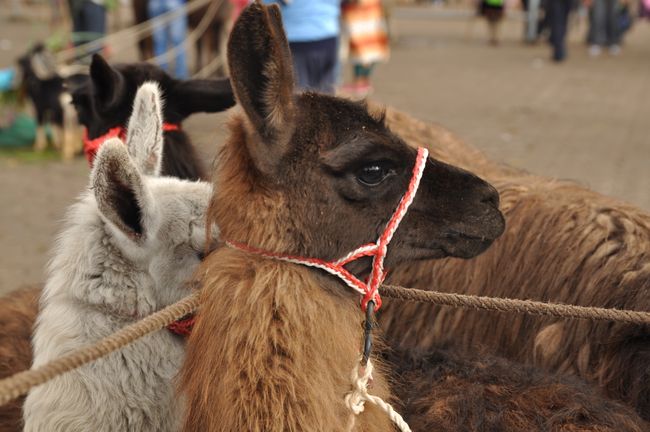
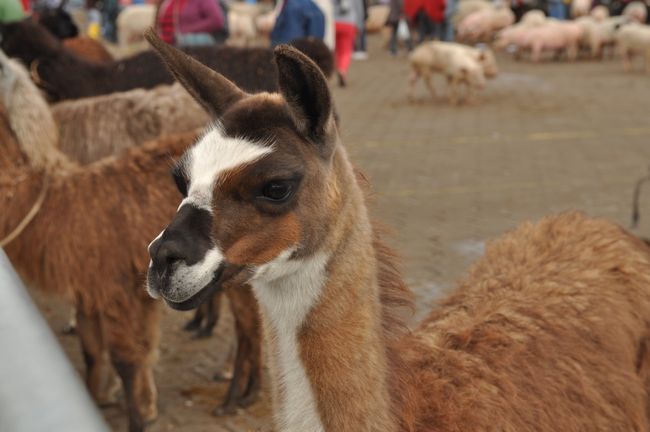
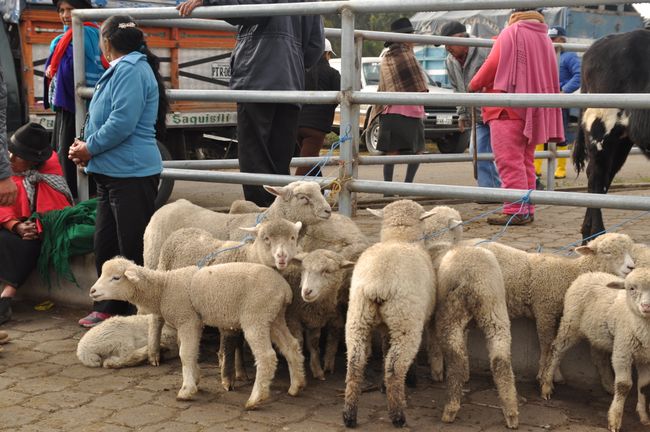
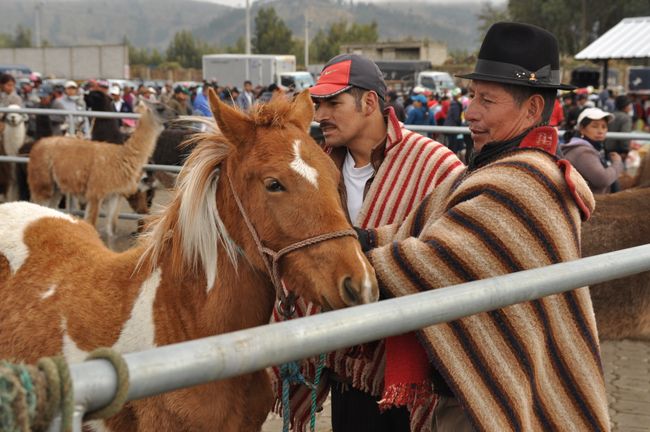
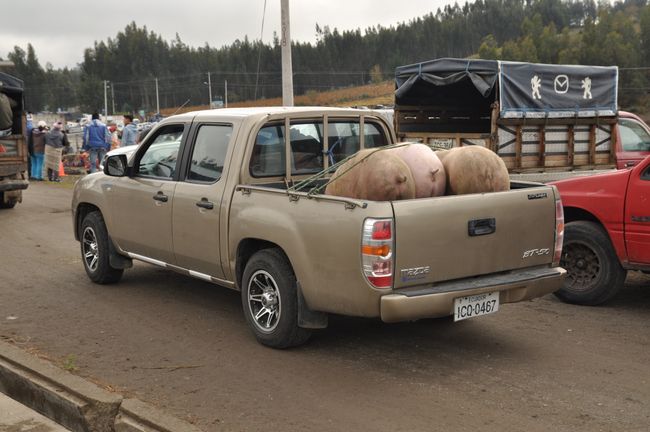
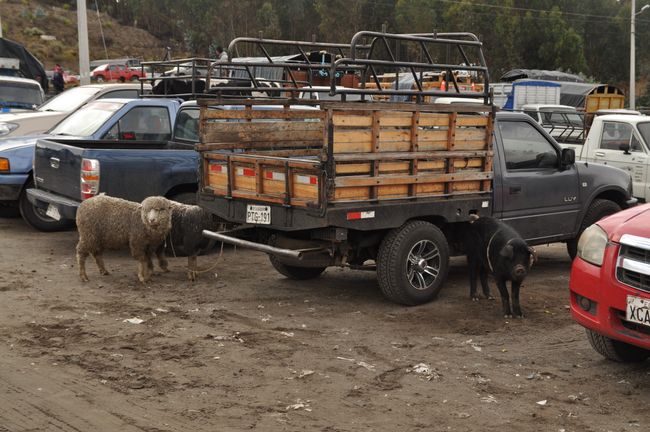
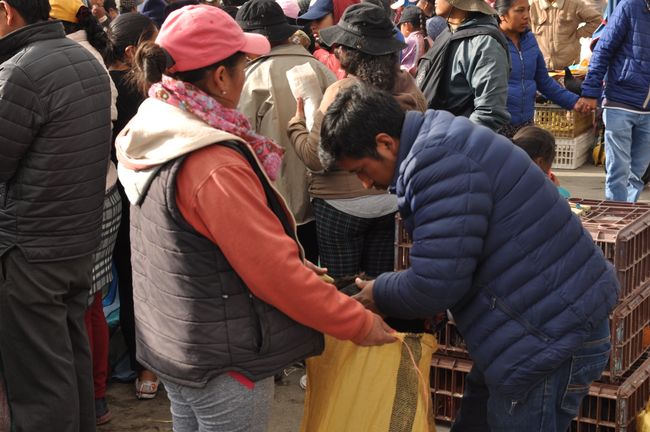
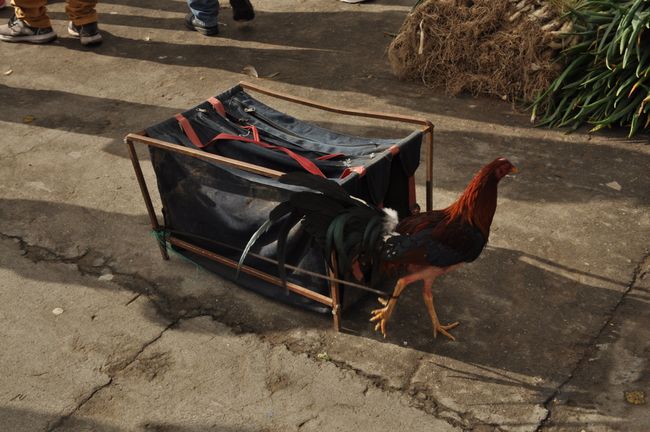
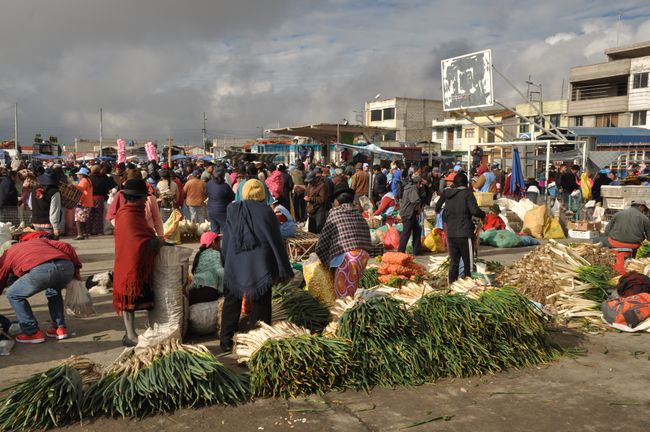
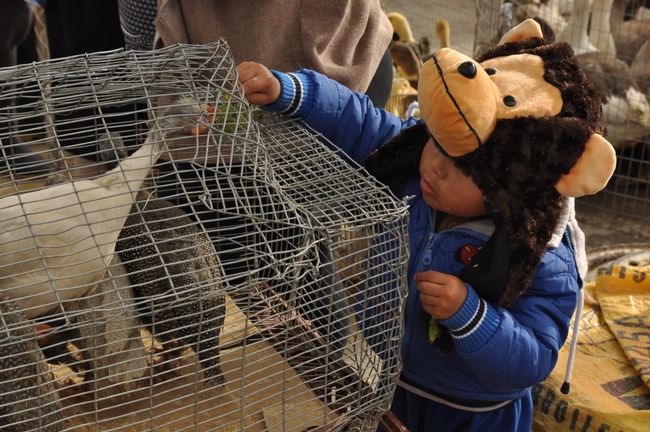
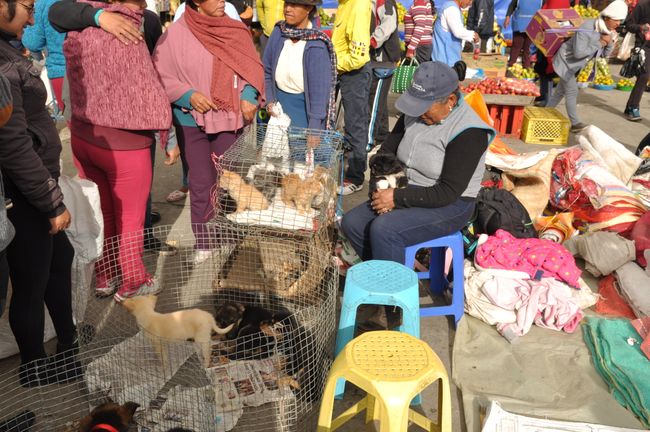
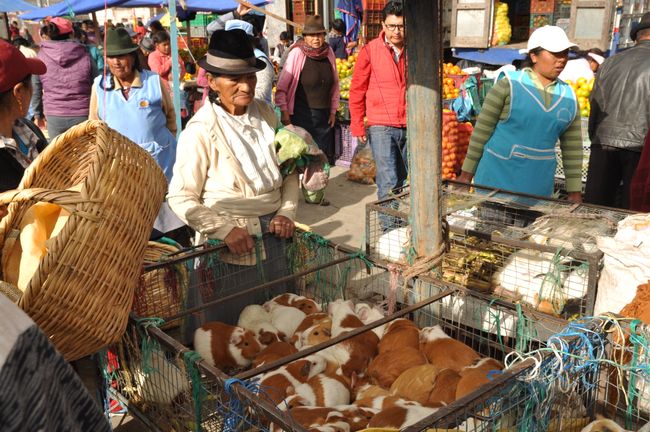
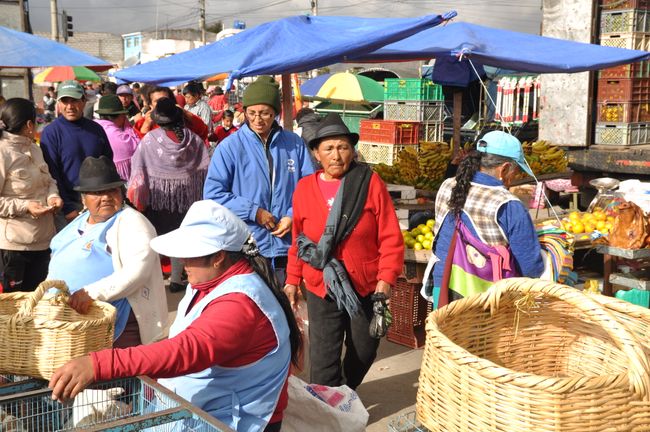
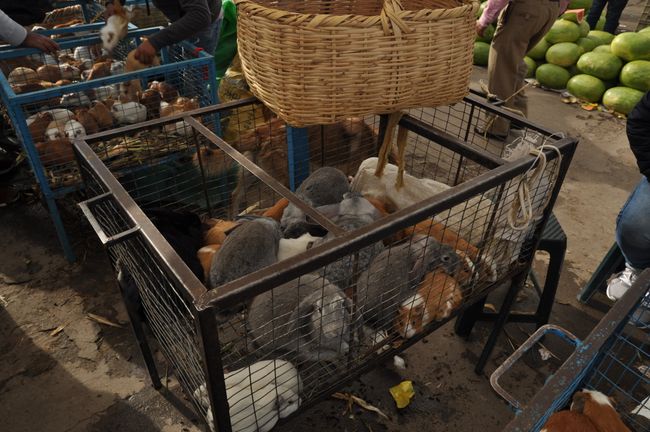
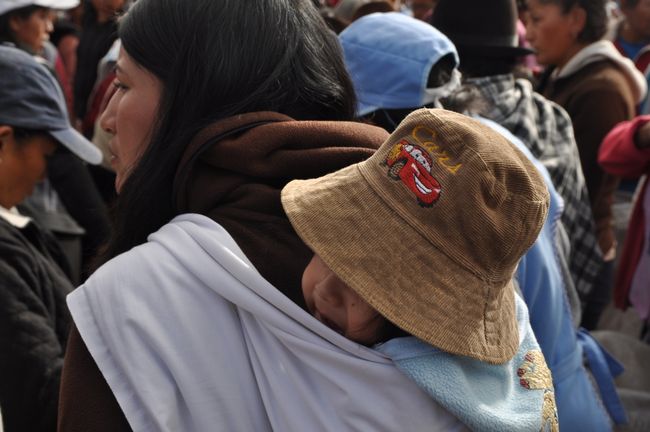
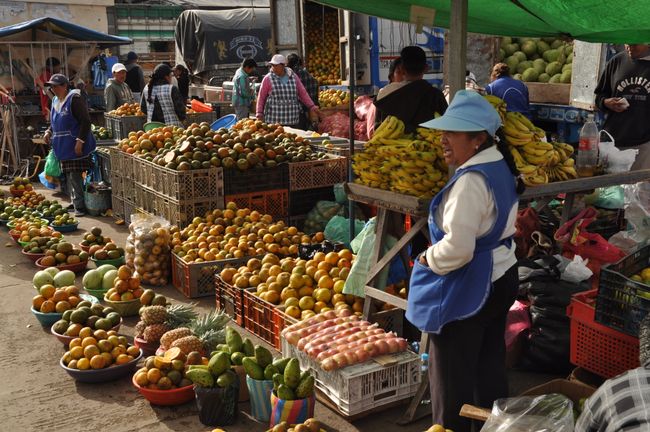
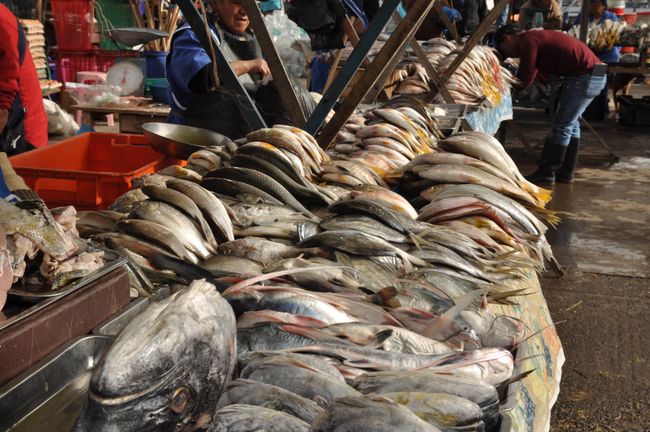
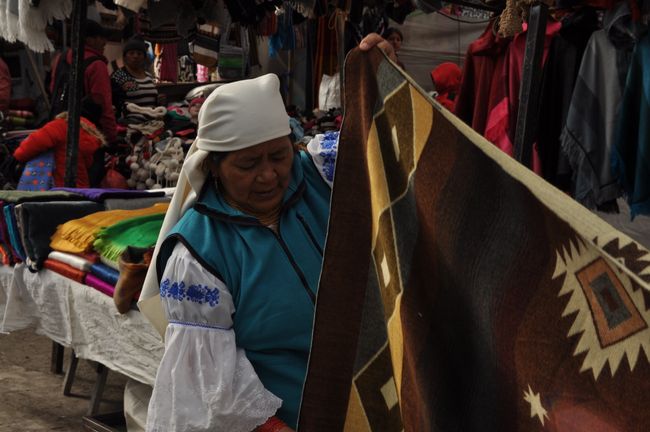
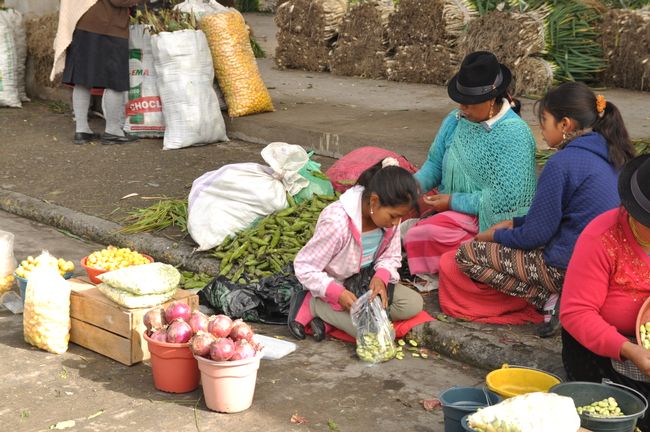
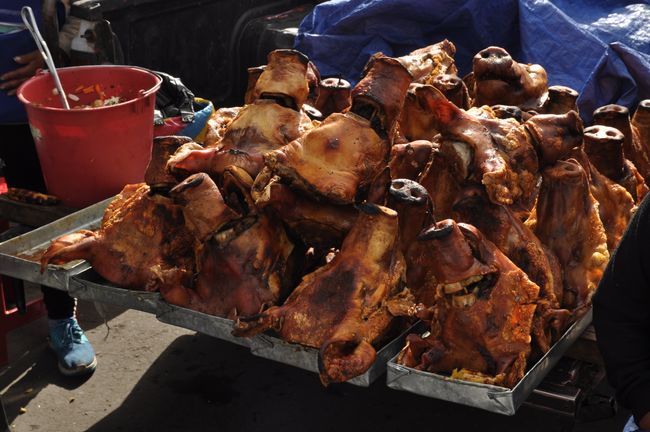
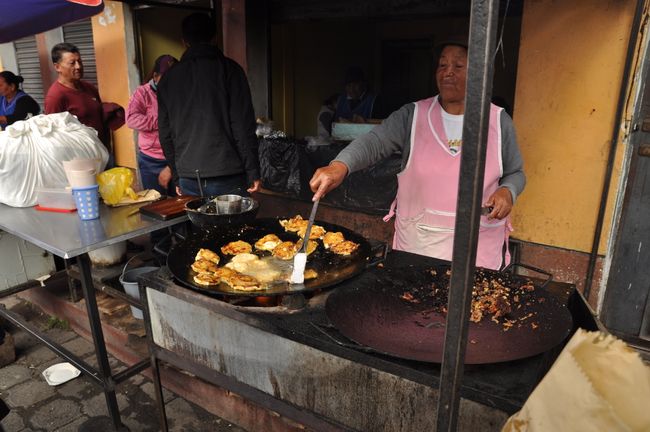
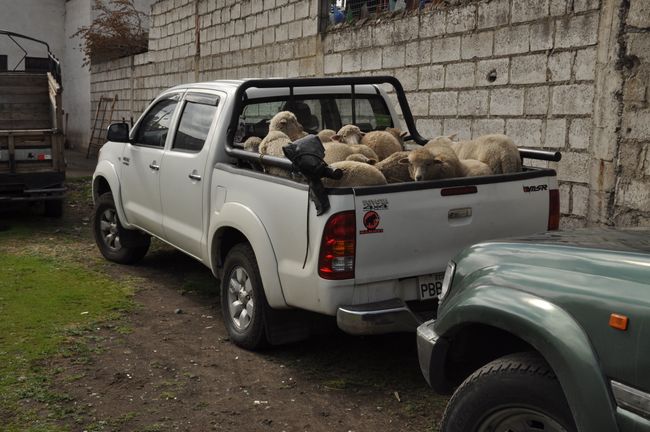
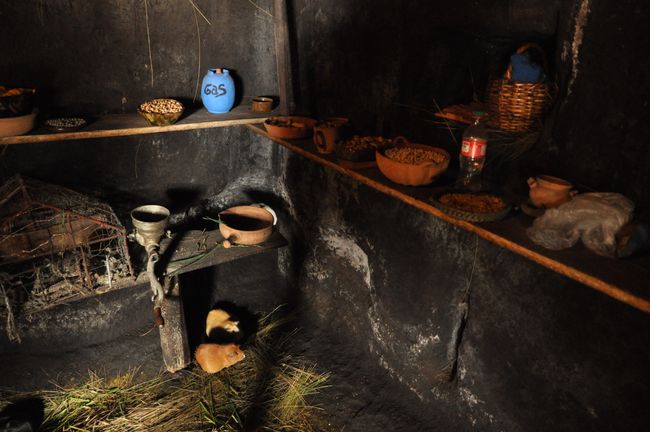
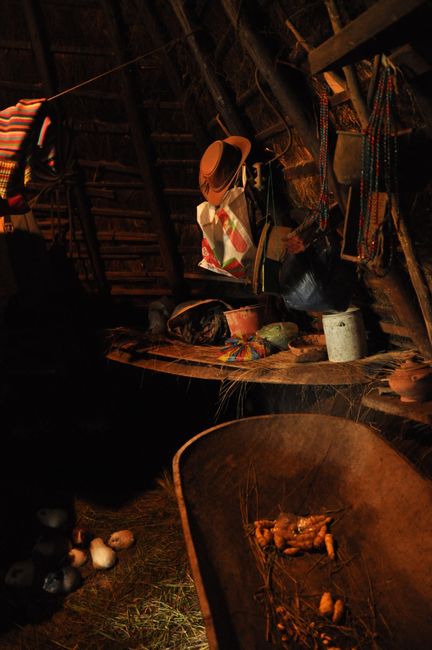
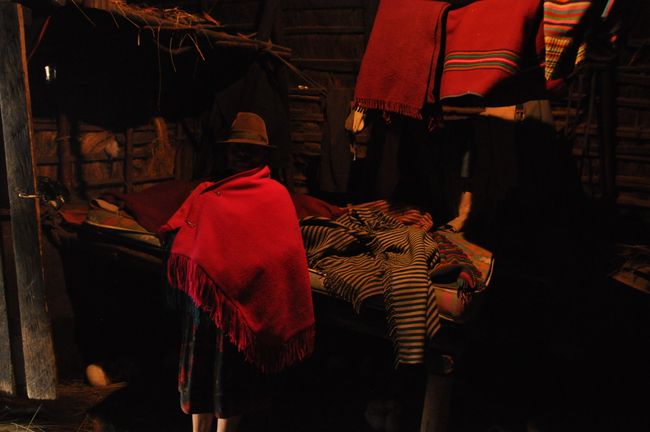
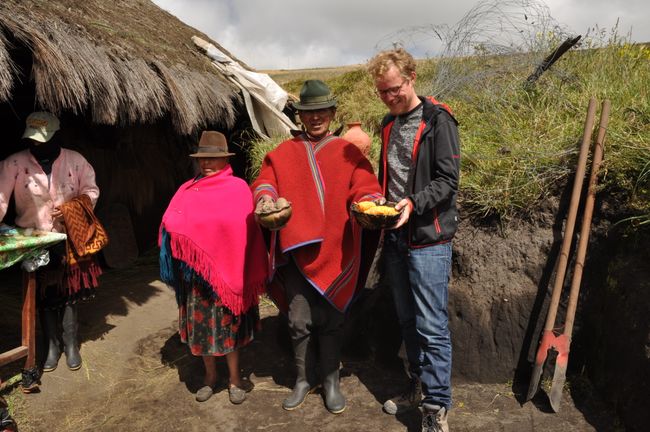
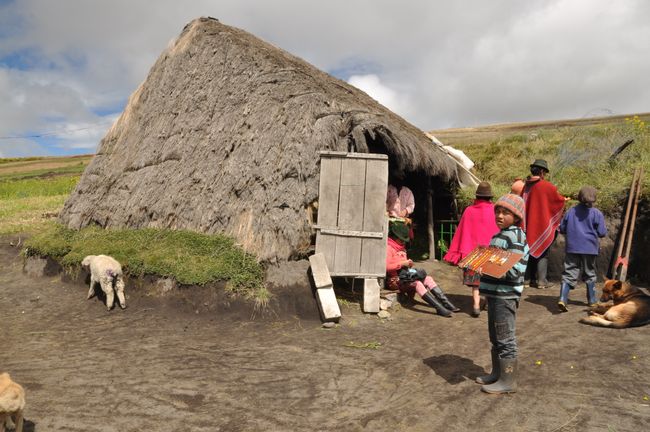
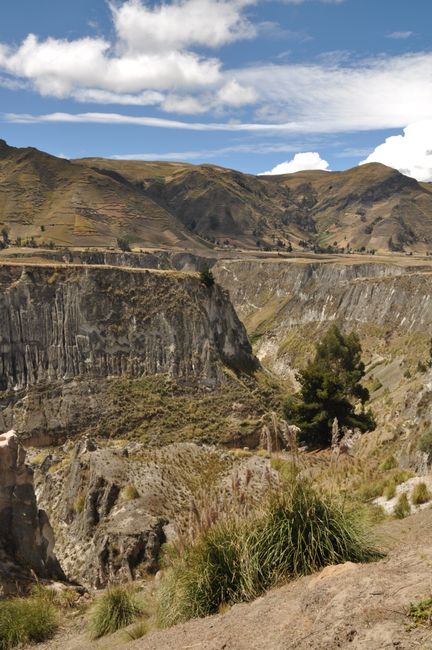
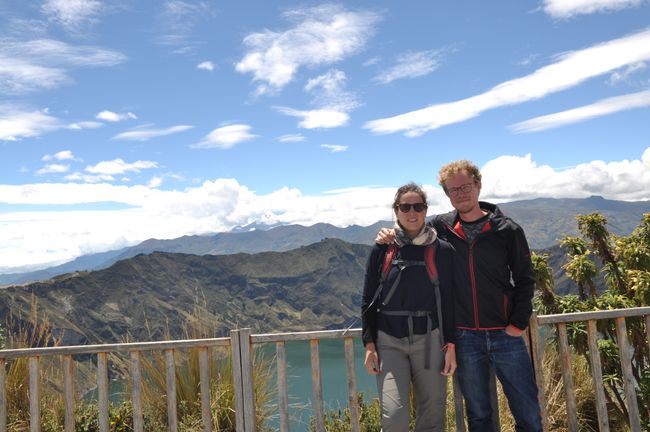
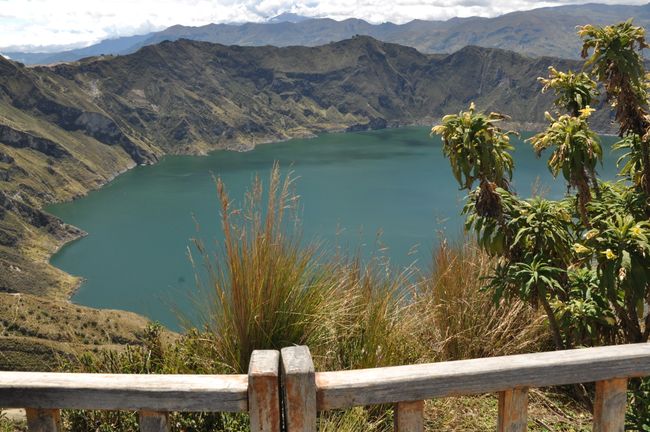
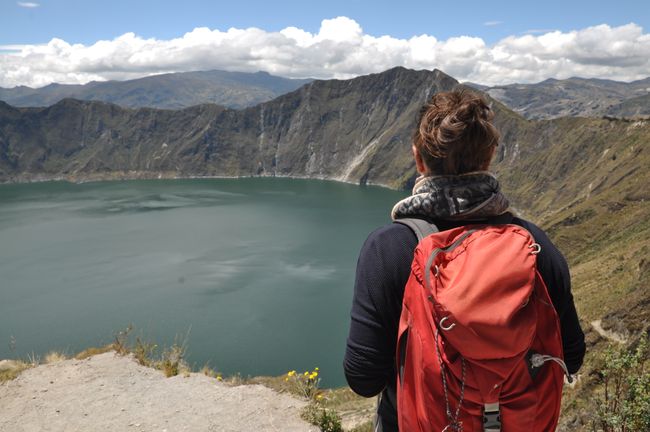
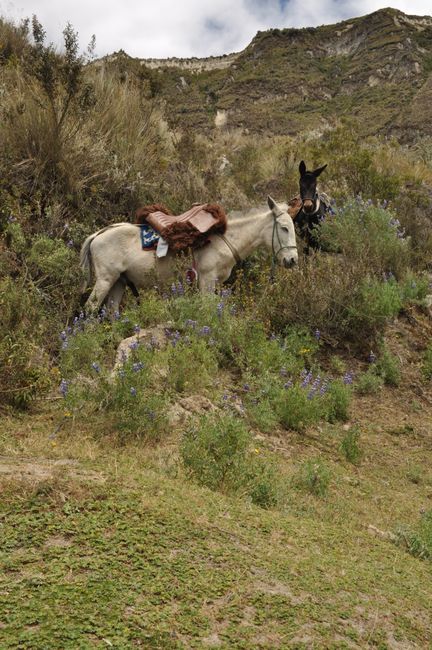
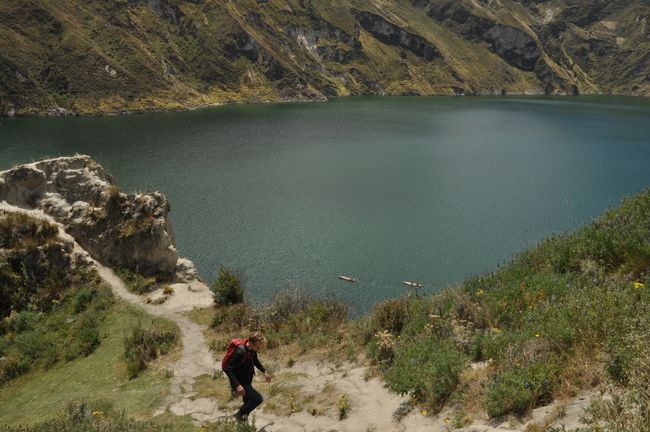
نيوز ليٽر جي رڪنيت حاصل ڪريو
Unfortunately, the internet quality is poor again and we cannot upload photos. Once we have caught up with this, we will write about it in the next blog post.
Lasso was the next stop, only about an hour south of Quito, but the contrast is quite big. Small village with forestry, very cold at night (!). We were lucky to have a cozy accommodation, which was also equipped with a private guide who could show us popular destinations as well as insider tips.
First, because the weather didn't play along, we visited a baroque palace with a wonderful courtyard, chapel, hotel and horses. And craft beer. Very good.
But the adventure didn't wait long! With our seventy-year-old self-proclaimed guide-grandpa, we climbed the famous Cotopaxi volcano to the glacier edge, a very shy mountain, which rarely shows itself. With this, we finally crossed the 5000m mark! From the parking lot, we climbed 300 meters in altitude to a hut, and then another 200 meters. The total height of Cotopaxi is 5897m, but you can only reach the summit with proper equipment. This was the most rewarding hike so far, even though the weather worsened during the descent and further activities in the national park were hindered. But at least the training effect from Rucu Pichincha in Quito was not in vain, because we coped very well with the altitude this time (except for breathing).
Directly on the next day, we visited another volcano, Quilotoa, a water-filled crater that is very spectacular to see. Unfortunately, you start at the top and have to go down 300 very steep meters. For tourists and other lazy people, there are mules that carry you back up. But since we are not count as lazy, we naturally gritted our teeth and walked (both legs and sweat).
Sometimes a trip is also good to confront yourself with reality. In this case, it was about the livestock market in Saquisilí. Horses, pigs, cows, sheep, goats, donkeys, and llamas change owners there. In a chaos of noises, smells, and colors, the traders advertise their goods, which (especially the pigs) resist selling loudly. The commotion was enormous, even though it cannot be captured in the photos. Among animal droppings and shouting, other traders also sold homemade delicacies, even though they seemed very unappetizing to our spoiled European nose and taste.
At another market, small animals such as puppies, kittens, chickens, fighting cocks, rabbits, and guinea pigs are sold. They are transported and presented in cages that are too small in our opinion. While pets still have a mild fate, the chickens, rabbits, fighting cocks, and guinea pigs are less fortunate... on the one hand, this is of course unpleasant to see and we judge negatively about this type of animal keeping, although it is simply invisible and outsourced for us. The market extends over many other streets, squares, and goods of daily needs.
Furthermore, there are still some original indigenous huts in the highlands that can be visited for a small fee. A very simple and austere self-sustaining existence.
نيوز ليٽر جي رڪنيت حاصل ڪريو
جواب
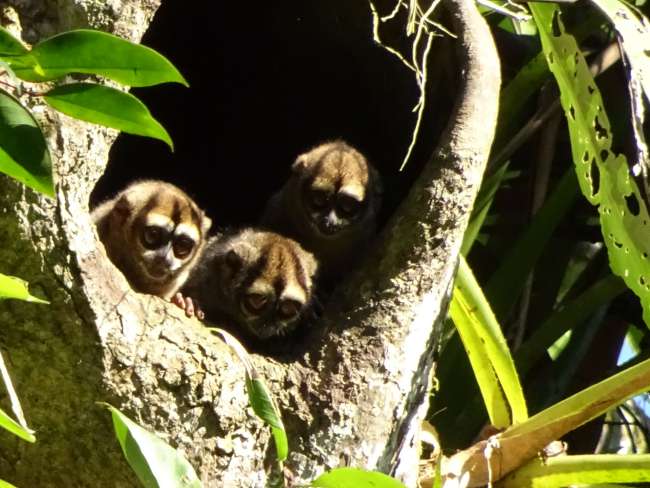
سفر جون رپورٽون ايڪيوڊار
